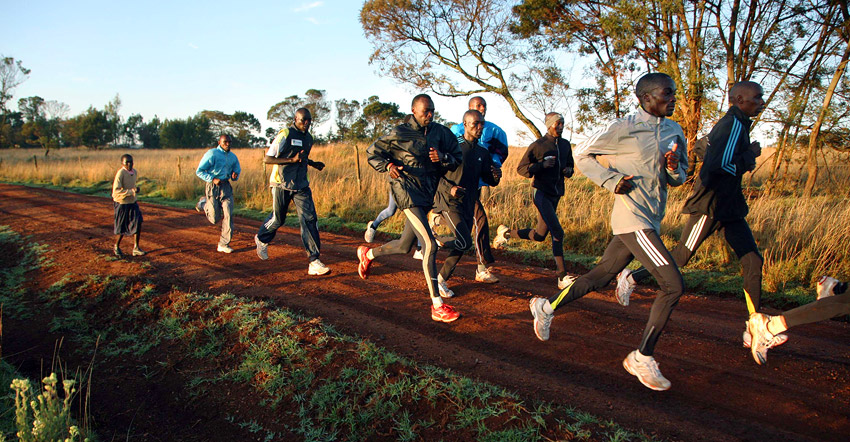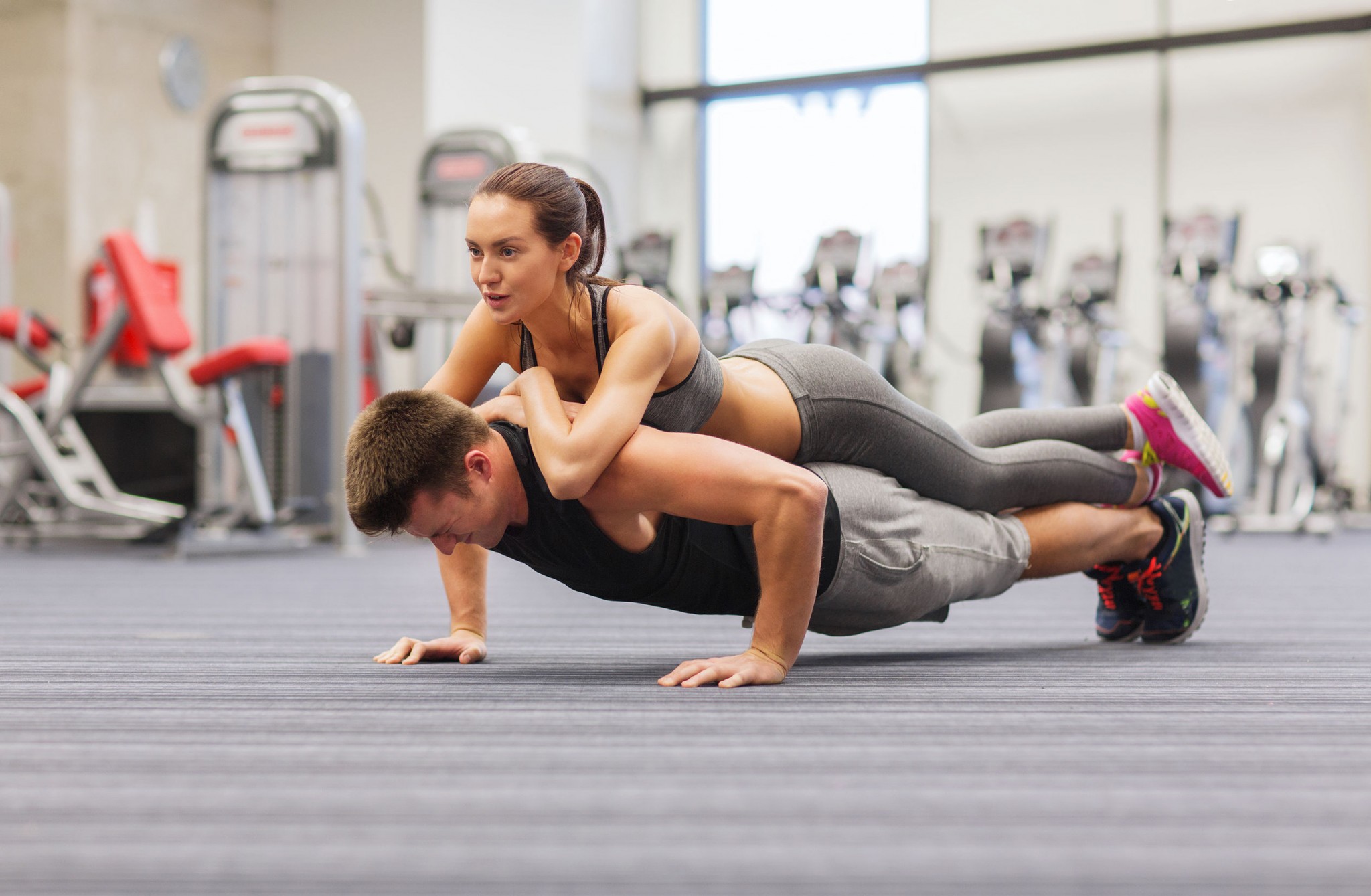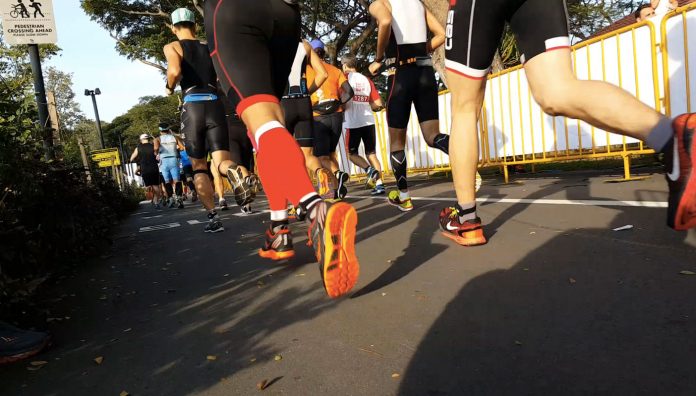Running mechanics is very important for a runner. It is important because firstly because it can enable to you to run more efficiently, and secondly because it can help prevent injury. So, if you’re not paying attention to your running mechanics, here are 10 key ways for you to ensure your running form is proper.
#1 Do Not Heel Strike
Always try to be alert and land on the your forefoot. Landing on your heels can lead to higher risk on injury. There is a greater impact on your knees and joints whenever you land on your heels. So, always be sure to be in position to land on the balls of your feet.
#2 Do Not Overstride
Overstriding can lead to injuries. Your feet should never land in front of your body but just below your body. In order to make sure you aren’t overstriding, ensure that your cadence is about 170 – 180 spm. This means that your foot is striking the ground 170 – 180 times in a minute.
#3 Engage Your Torso

Engage your torso to keep your body upright. This will give you a better running form and ensures you spend less energy while running. Don’t hunch. Hunching affects your arm swing and gives you a less efficient running form.
#4 Relax Your Fists
Do not clench up your fists. This is because clenching up your fists also causes your forearms to tense up hence impeding shoulder motion. You want to feel relaxed during your run.
#5 Relax Them Shoulders
Do not tense up your shoulders. This could give you a sore shoulder every time after you run. This will also affect your elbow swing. Keep your chin up and shoulders relaxed.
#6 Elbows In

Tuck your elbows in such that your elbow swing is close to your body. You want your arms to be moving in a forward motion, not a circular motion. Don’t allow them to flare out. This way your running will be more efficient.
#7 Chin Up
Keep your eyes up, chin up and fix your eyes on the horizon. This helps you stay tall and upright when you run. This pulls your body straight and ensures you don’t hunch.
#8 Do your Drills
Drills are an important but often neglected part of training. Drills help train you to land on your forefoot. Your muscle memory is at work here. This helps you transition into a forefoot landing when you run.
#9 Stride Easy
On days of your easy run, end your runs with easy strides. 4 – 6 sets would be enough. You should land on your forefoot and run light. Striding helps you with standing tall and your running form. The goal here is for your body to adapt to the fast fluid movement motion that mimics fast running. Nail your form during striding so your body remember this efficient form when you run.
#10 Strength Train

With stronger muscles, we are more able to stay upright and keep our posture and form. When we are tired, our form starts to falter. It takes us more effort to engage our torso or keep our body upright. With stronger muscles, we our running form won’t falter even at later stages of your run.


